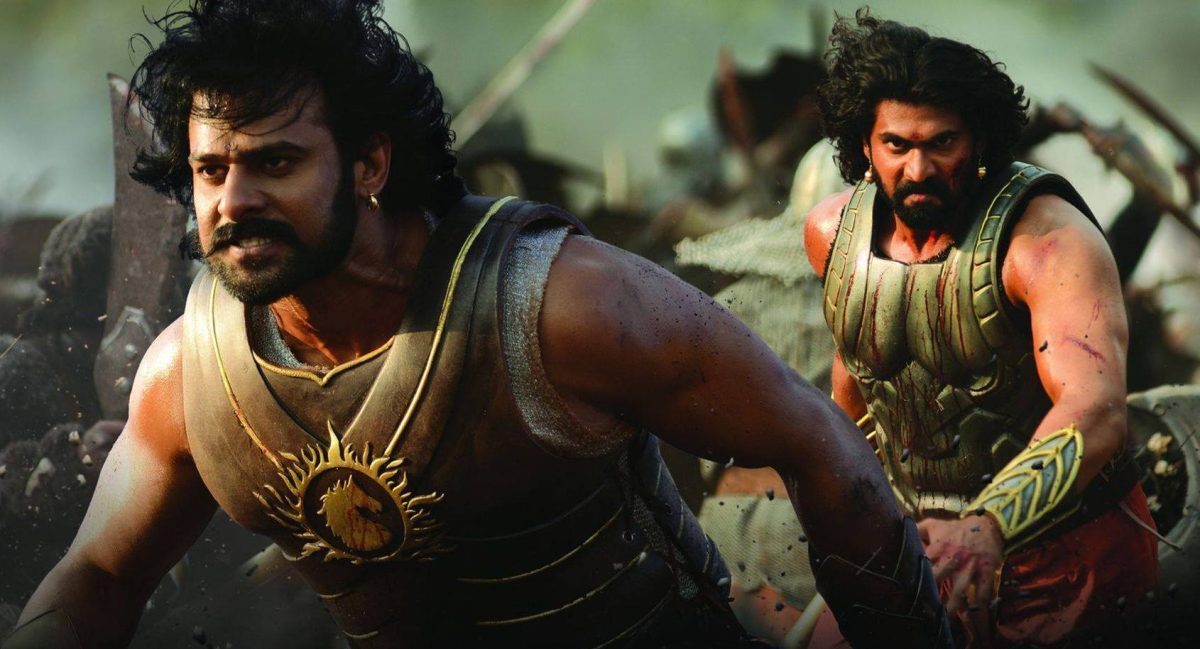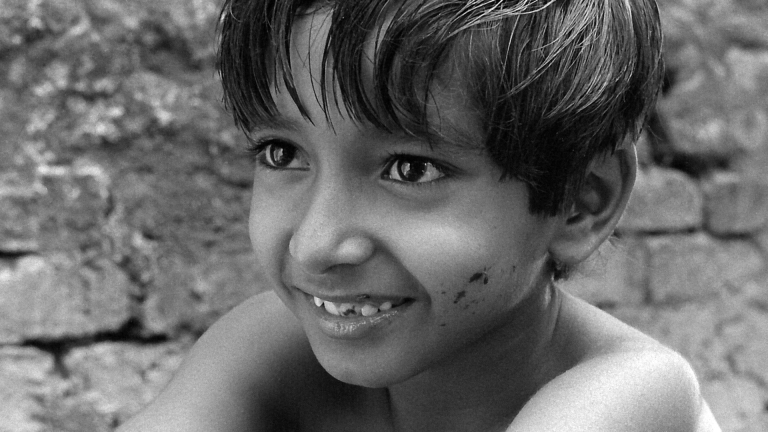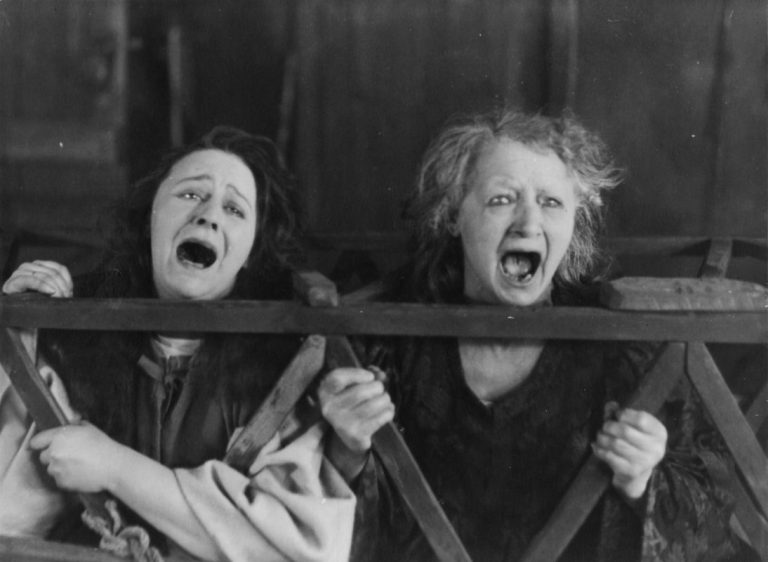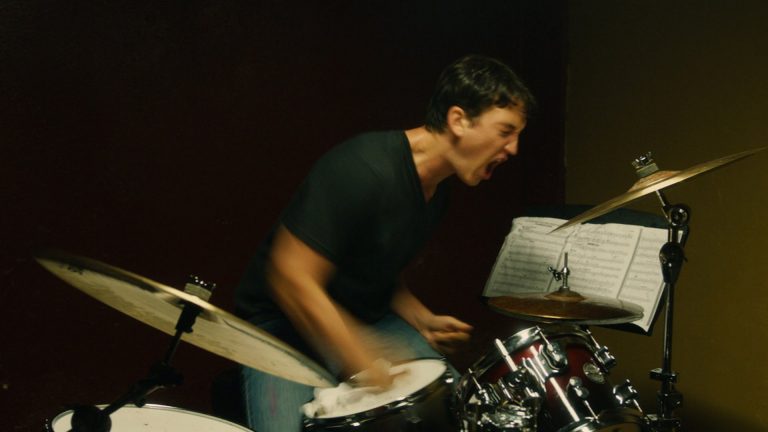I’ve been thinking a lot about intervals lately. You know, that dreaded “INTERVAL” card flashing across the screen just when the film is building up steam. For many, it’s the break to rush to the loo, grab that overpriced popcorn, or light up their phones without the guilt of disturbing someone in the dark. For me, though? Not really. I time myself before the show, I don’t always have the budget for popcorn, and I’d rather keep my phone away.
Yet, here’s the thing – I grew up on Bollywood (yes, yes, I know “Indian Film Industry” is the umbrella term, but allow me the shorthand). Bollywood films are designed with the “interval block” in mind. A cliffhanger, a dramatic twist, a punch of music – it almost justifies leaving the hall for ten minutes, because the film has been structured to allow that pause.
But what happens when the film you’re watching was never designed to pause? That’s where things get messy.
Why Intervals Exist:
In India, intervals aren’t just a quirky tradition – they’re practically an institution. A large chunk of our films runs well over 150–180 minutes (yes, that’s three hours of your life). Think of epics like “Mera Naam Joker” (1970, 244 minutes) or “Sangam” (1964, 238 minutes). No audience could realistically sit through those without a break, and over time, filmmakers started writing with it in mind. The “interval bang” – that perfectly placed cliffhanger, that revelation or burst of action right before the lights go up became part of the craft.
But there’s also a fascinating technical reason, as my dad once mentioned. Back in the days of film reels, a single print was often shared across multiple theatres. A 17–18 reel movie might be divided into 3–4 spools, rushed between halls on cycle carriers. If a reel arrived late, the projectionist had no choice but to halt the film. Sometimes that meant more than one interval; not because the director wanted it, but because the reel literally wasn’t there yet.
The Business of Breaking:
Of course, it isn’t all about artistic pacing. Intervals are a gold mine for theatres. Exhibitors have admitted for years that food and drink sales often bring in more profit than ticket sales². With multiplex ticket prices climbing by nearly 10–15% every year³, the economics have shifted – today, the Popcorn, the Samosa, and the Coke are what keep the lights on.
The footfall data tells an interesting story, too. In 2023, India saw around 94.3 crore visits to cinemas, with 15.7 crore unique moviegoers⁴. On average, that’s six films a year per person. Hindi audiences skew lower, at just three films annually, while Tamil and Telugu audiences clock 8–9 films a year⁵. Compare that to the 1990s: “Hum Aapke Hain Koun” (1994) drew 7.39 crore viewers in itself, but even a juggernaut like “Baahubali 2” (2017), despite record-breaking revenue, drew 5.25 crore⁶.
The math is simple: fewer people are going to theatres, but they’re paying more, and concessions fill the revenue gap. In other words, that samosa is subsidizing your cinema.
Regal vs Multiplex – Two Experiences:
Last month, Bombay’s Regal Cinema did something rare: they ran a Hitchcock Month. “Psycho,” “Vertigo,” “Rear Window,” “North by Northwest” – all screened without interruption⁷. A friend of mine from film school went, and he came back raving about how immersive it felt, like finally seeing Hitchcock the way Hitchcock intended. I wasn’t there, but listening to him describe the sheer grip of “Psycho” or the tension of “Rear Window” without a pause, I could almost imagine the experience.
You May Also Like: Baahubali: A Mass of Clichés Cloaked Under The Label “Magnum Opus”
And then I thought of my own reality: sitting in a multiplex the very same month, watching “Superman” and later “Fantastic Four: First Steps,” only to have both cut in half by the dreaded “INTERVAL.” In “Superman,” I was completely absorbed until the abrupt pause yanked me out and forced me to process it as a “first half” and “second half” instead of one cohesive film. By the time “Fantastic Four” rolled around, it was déjà vu – of that very same “Superman” disruption. The films themselves weren’t at fault; they simply weren’t written for a pause.
Laws, Screens, and Social Media:
Here’s the twist: there isn’t even a national law saying you must have an interval. A few states mandate breaks for films over two hours, but more often it’s just habit⁸. And commerce. Indian films are built for it, so theatres extend the practice to foreign films too.
Infrastructure adds another layer. India still has fewer screens per capita than China or the U.S. In fact, a 2021 study found that the number of screens in a country explains box-office revenue better than either GDP or population⁹. With limited capacity, every extra rupee matters, and the halftime snack is built into the math.
Then there’s audience behaviour. OTT platforms have trained viewers to expect seamless pacing, to binge entire seasons without pause. Younger audiences especially report frustration with forced breaks, finding them disruptive to immersion¹⁰. Meanwhile, social media has ironically reinforced the interval in Indian films. The “interval bang” isn’t just a storytelling device anymore; it’s also a marketing beat. A perfectly timed shot before the lights come on, and Twitter (or X) explodes with “interval mass” posts¹¹.
To Break or Not to Break:
So where does that leave us? On one hand, intervals are part tradition, part survival, part commerce. On the other hand, they’re increasingly at odds with global cinema practices and the OTT-trained habits of younger audiences.
Do I hate intervals? Not exactly. Do I wish Hollywood films could run uninterrupted in India? Absolutely. Hearing my friend describe Hitchcock without a break made me realise how powerful that kind of immersive experience can be, even if I’ve only imagined it. But until the economics change – ticket pricing, screen density, revenue models – the glowing “INTERVAL” card isn’t going anywhere.
For now, it remains as Indian as the popcorn bucket and the samosa you balance in your lap. And as long as I keep timing my bladder, skipping the snacks, and rolling my eyes when the lights come up, I’ll keep negotiating with this uniquely Indian ritual – half cinematic tradition, half business model, and entirely unavoidable.









